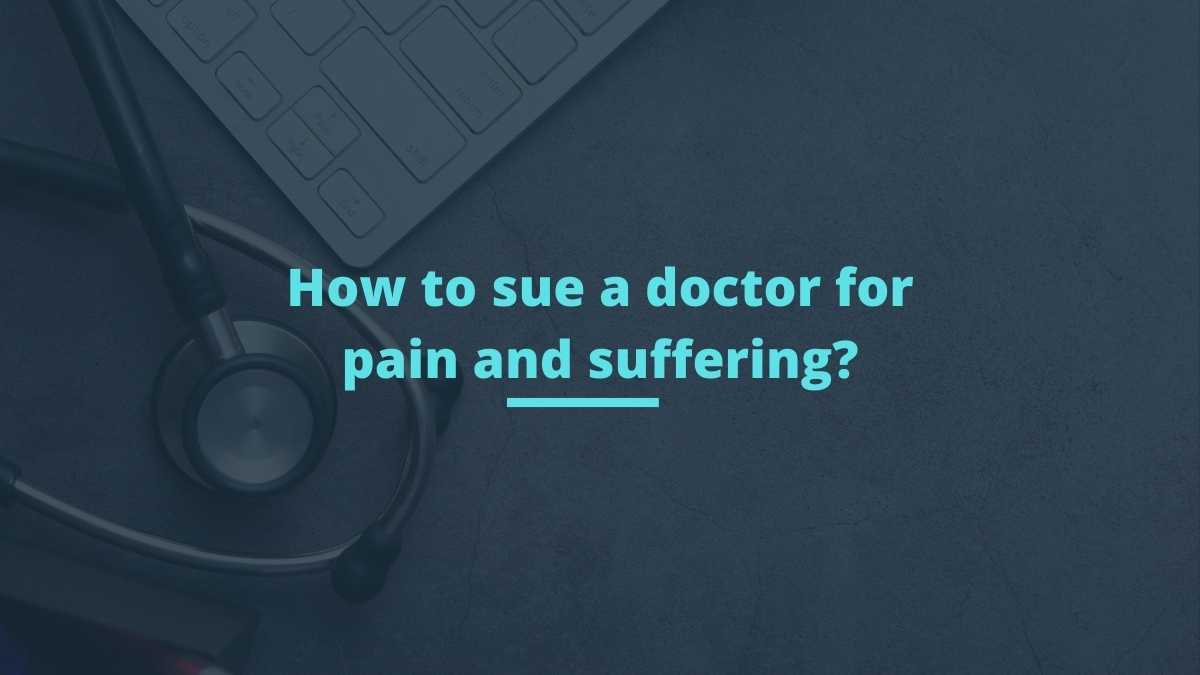How to Sue a Doctor for Pain and Suffering
What Constitutes Pain and Suffering?
Pain and suffering refers to the physical and emotional distress that a person experiences as a result of an injury or illness. This can include things like physical pain, emotional distress, loss of enjoyment of life, and loss of consortium (the loss of companionship or support from a loved one).
How to Prove Pain and Suffering in a Medical Malpractice Case
Proving pain and suffering in a medical malpractice case can be difficult, as it often relies on subjective evidence such as testimony from the patient and their loved ones. However, there are a few key pieces of evidence that can help to strengthen a case:
- Medical records: These can be used to show the extent of the patient’s injuries and the treatments that were required.
- Expert testimony: Medical experts can be brought in to testify about the typical symptoms and treatment of the condition in question, as well as how the patient’s injuries and treatment compare to those of a person without malpractice.
- Testimony from the patient and their loved ones: The patient and their loved ones can provide testimony about the emotional and physical impact of the injury or illness, including things like depression, anxiety, and loss of enjoyment of life.
- Photographic and video evidence: Photographs and videos of the patient’s injuries, as well as videos of the patient’s physical and emotional condition, can be used to help demonstrate the extent of the pain and suffering.
What is the statute of limitations for suing a doctor for pain and suffering?
The statute of limitations for suing a doctor for medical malpractice varies by state, but in general it is between 1-6 years. It is important to check the statute of limitations in your state.
How much can I expect to recover in damages for pain and suffering?
The amount of damages that can be recovered for pain and suffering in a medical malpractice case varies widely depending on the specific facts of the case. However, in general, the more severe the injury and the more long-lasting the impact on the patient’s life, the higher the potential damages.
Is it possible to sue a doctor for pain and suffering without proving malpractice?
No, in order to sue a doctor for pain and suffering, you must first prove that the doctor was negligent in some way and that this negligence caused the patient’s injuries.
Table:
| State | Statute of Limitations |
|---|---|
| California | 3 years |
| New York | 2 years |
| Texas | 2 years |
It is important to note that the above table is for informational purposes only, and the actual statute of limitations for medical malpractice may vary depending on the specific facts of the case. It is always advisable to consult with an attorney and check the statute of limitations in your state.
